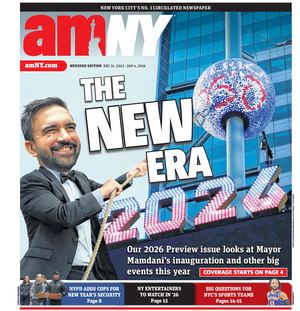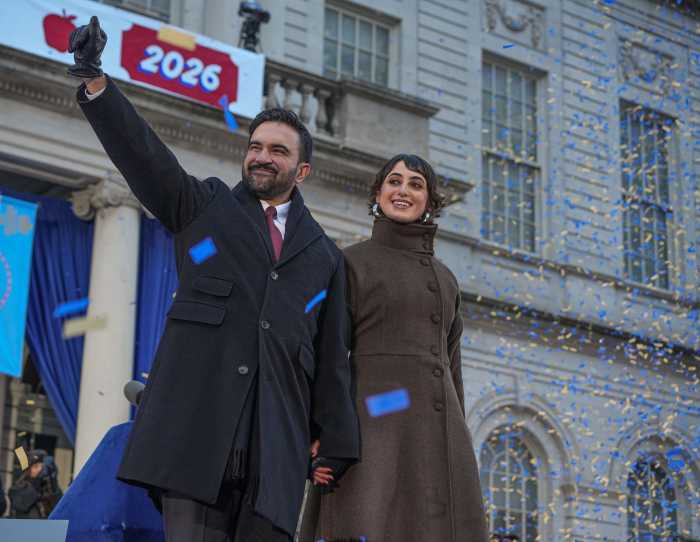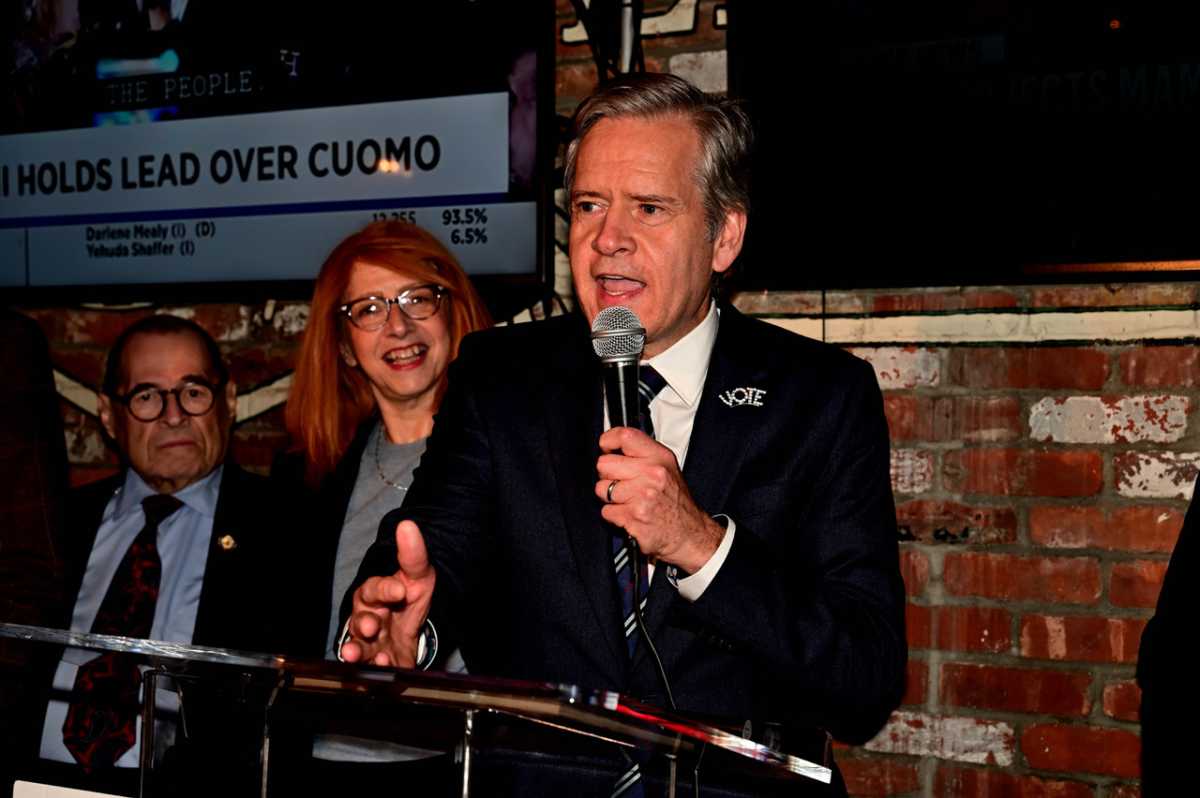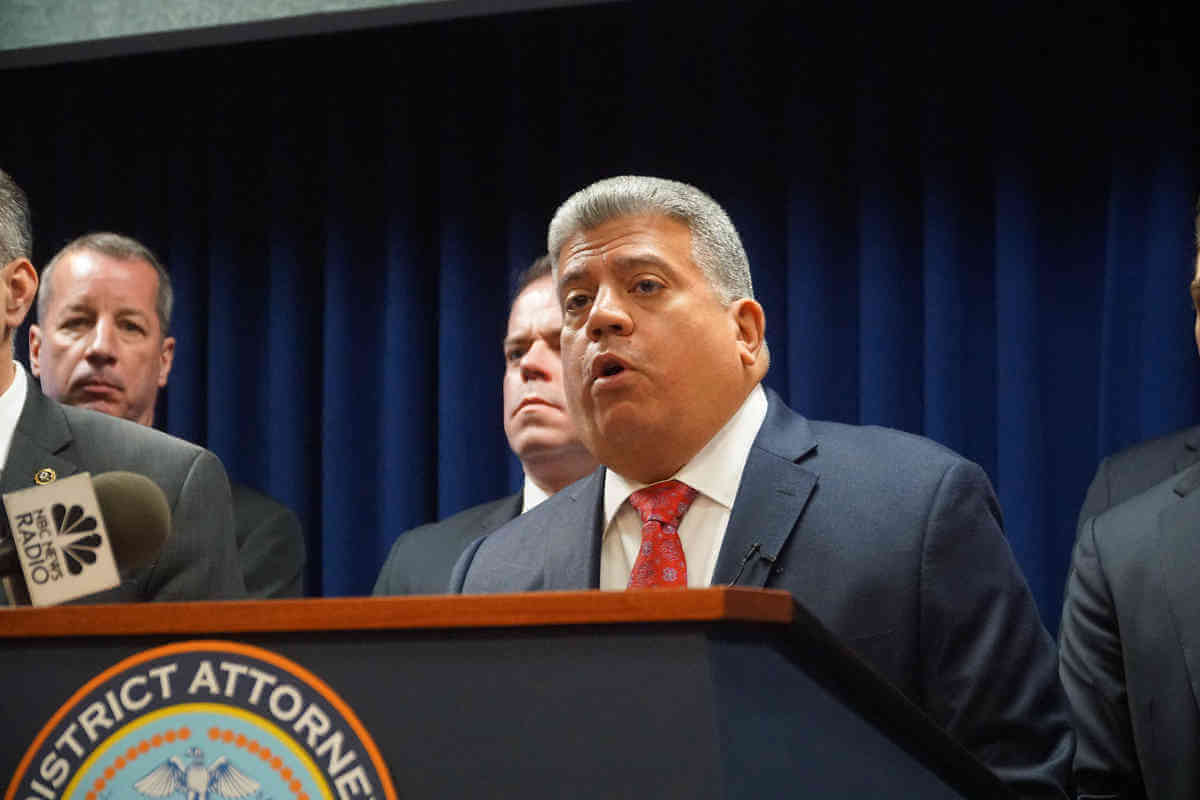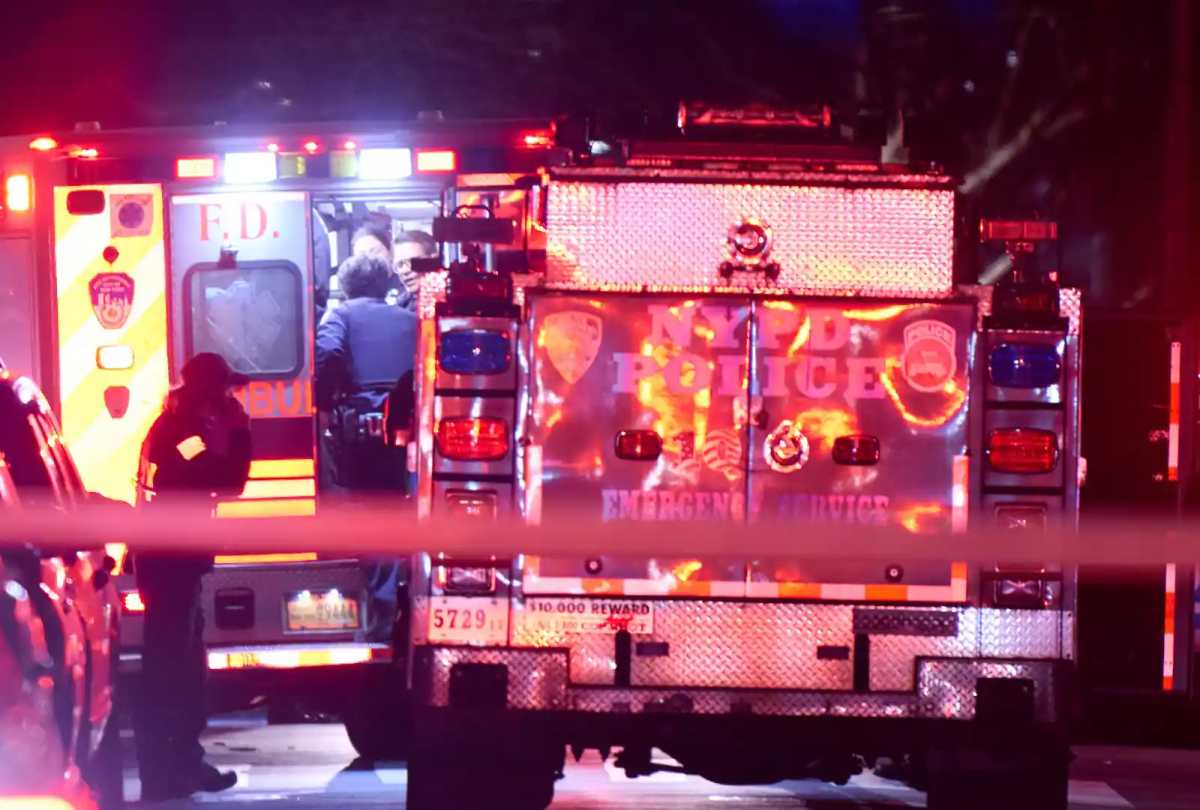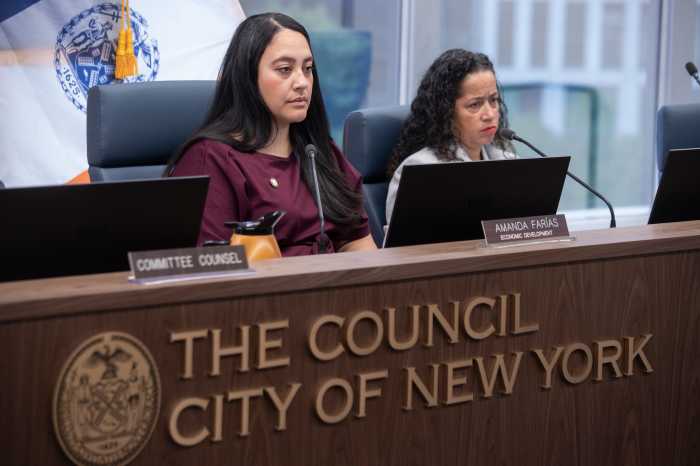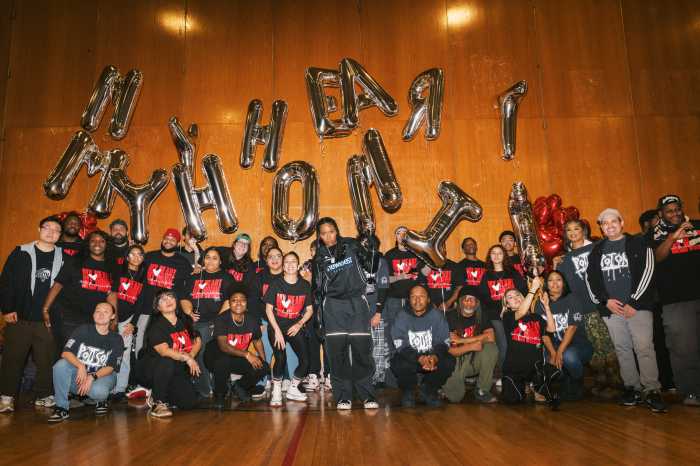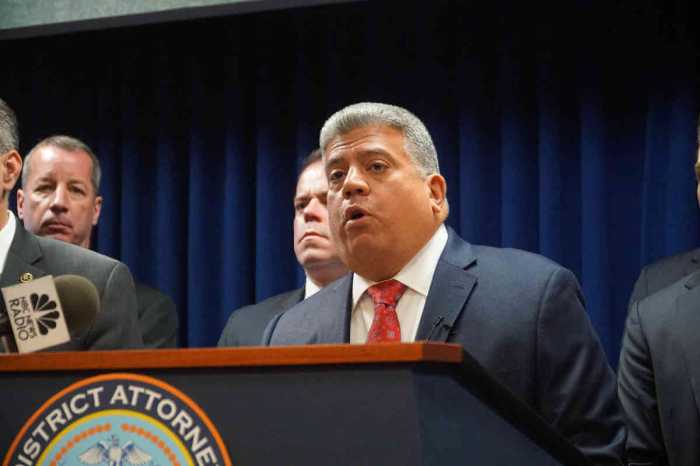
Student loans are giving a growing number of New Yorkers an education in dodging debt collectors.
More borrowers of student loans in the city are delinquent than those past due on payments for mortgage, car loans or credit cards, according to new data from the Federal Reserve Bank of New York released Friday.
In New York City, 14.7% of student loan borrowers were seriously delinquent, that is, more than 90 days late on a payment, according to a three-month consumer snapshot between October and December. The Bronx had the most past-due student loan borrowers, at 19%.
Andy Haughwout, senior vice president at the New York Fed, said the increasing trend of delinquent loan payments in the city is a concern, even though the rate is lower than its 10-year peak late in 2012.
“These missed payments remain as blemishes on borrowers’ credit reports for seven years, affecting their ability to get other types of loans, including mortgages, auto loans, and credit cards,” Haughwout said.
Student loans are unique among the other types of debt available. For one, the money is easy to come by and the debt can never get wiped away, even with bankruptcy.
And more loans are being borrowed to attend college. In the 2013-14 academic year, 34% of students nationwide took out federal loans, up from 27% in the 2003-04 year, according to a College Board report on student aid.
Nationwide, total student loans in 2010 surpassed credit cards as the largest source of debt behind mortgages, according to New York Fed data.
Meanwhile, there are barriers to getting credit cards, mortgages or bank loans when finances are in disarray. New Yorkers in delinquency for those debts range from 5.6% (mortgage) to 9.8% (credit cards).
“You don’t have to show you can pay off this loan,” Kal Chany, president of Campus Consultants in New York, said of student borrowing.
Chany explained that all debt is not treated the same; credit cards can offer good repayment terms and allow balance transfers, staving off delinquency.
Credit cards also may have higher interest rates, meaning budget-conscious New Yorkers would push off student loan payments, which can come with lower interest rates.
“If you have a choice, what are you going to pay off, the loan at 19% or the loan at 6%,” Chany said.
Another burden on student loan borrowers is the stagnant wages and tough job market since the end of the recession.
Andrew Ross, a professor of social and cultural analysis at NYU who has written about debt, called the debt burden a “highly immoral state of affairs” that “foreclose their future at such an early point in their life.”
He said students are leaving colleges without the wherewithal to pay back their loans.
“It does speak to a huge problem,” Ross said.
“They really do feel their future is being shrunk,” he added.
Student loans also lack the obvious risks of a foreclosed home, a repossessed car, or getting cut off from credit.
And when a student loan goes into default, the options to get out of the hole are harder to figure out.
“They can’t ignore the problem and that’s kind of what people do,” said Kathryn Randolph, editor at FinAid.org.
She suggests borrowers call a lender to explain their situation, find out about forbearances and deferments, or work out a feasible payment plan. It may take years, even decades to pay loans back, but a responsible plan is important, Randolph said.
“It’s one month at a time,” she said. “That’s just the reality of it.”
